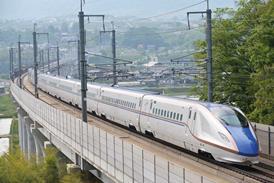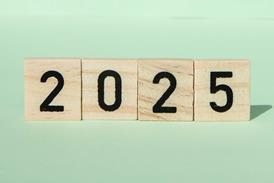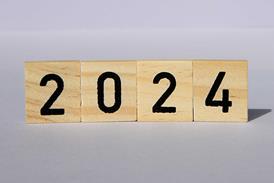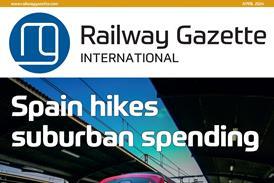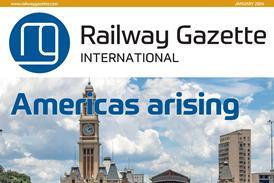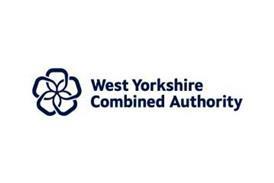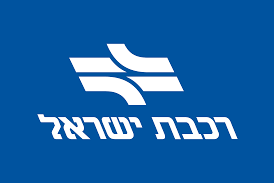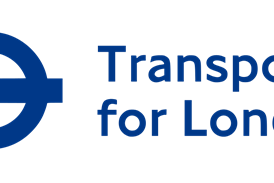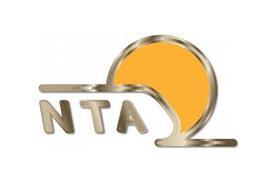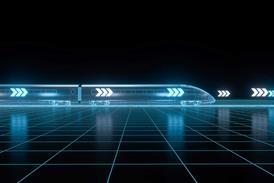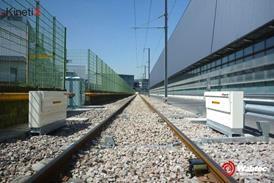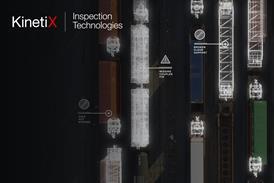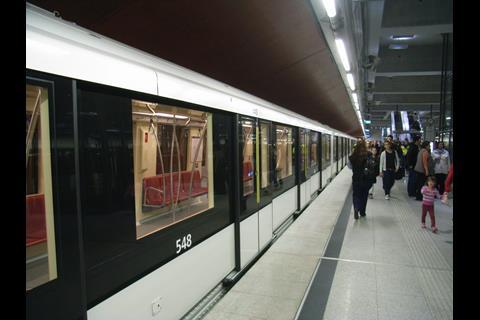HUNGARY: Prime Minister Viktor Orbán and Mayor István Tarlós opened Budapest's fourth metro line on March 28, starting a weekend of free travel from 12.00.
The 7·4 km Line M4 runs in entirely in two 5·2 m diameter bored tunnels from Keleti railway station, under the Danube to Kelenföld station. There are eight intermediate stations, including an interchange with Line M3 at Kálvin Tér. Platform screen doors are not provided, but an LED strip flashes when a train is approaching.
Trains on M4 are operated automatically, initially with an onboard supervisor in the cab. It is planned that after the first year of service the cab partition wall will be removed and the trains will run unattended.
The Siemens signalling allows for up to of 30 trains/h, with a capacity of 20 100 passengers/direction/h. Services run at 2 min to 3 min headways in the peaks, 5 min off-peak and down to 10 min in the late evening. End-to-end journey time is around 13 min.
The line is worked using Alstom Metropolis trainsets ordered in in May 2006 at a cost of €247m. The contract covered 15 four-car trains for Line M4, and 22 five-car trainsets to replace the existing stock on Line M2, which will retain drivers. The trainsets were designed in France, with traction equipment produced in Hungary and the bodyshells and final assembly undertaken at Katowice in Poland.
The four-car trainsets for Line M4 are 80 m long with a capacity of 810 passengers, including 164 seated. The air-conditioned cars have wide gangways and four doors per car side for rapid entry and exit. Maximum speed is 70 km/h.
The HF452·5bn cost of building Line M4 was funded 79:21 by the national government and Budapest municipality, with EU sources proving HF180·8bn.
- An interview with Dávid Vitézy, Chief Executive of Budapest transport authority BKK, will appear in the June 2014 issue of Metro Report International.


